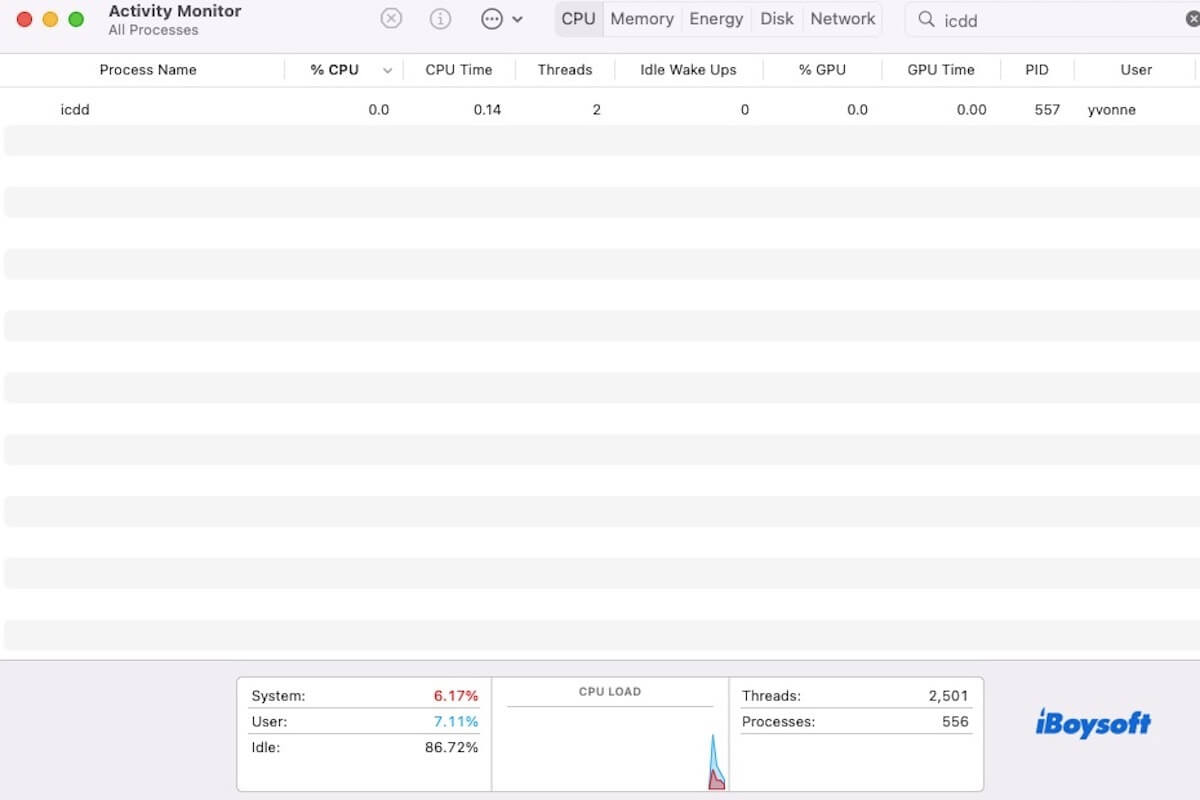The reason why your MacBook Pro doesn't boot after format and reinstallation is that the macOS you're reinstalling from Time Machine backup may get damaged/corrupted. Thus, to fix this issue, you should give your Mac a clean reinstallation with the macOS version downloading from the Apple official website.
If you're worried about reinstalling macOS will wipe all your data on your Mac, you can recover your data from the unbootable Mac first. Since your MacBook Pro is not turning on now, data recovery is not so easy.
However, you can still use data recovery software to have a try. Not all the data recovery software in the market has the ability to get files off a Mac that won't boot, you need to get one that supports it. iBoysoft Data Recovery for Mac is able to recover data from an unbootable Mac in an easy way.
Besides, iBoysoft Data Recovery for Mac can be launched in macOS Recovery mode through Terminal without the need to create a bootable drive on another Mac.
Now, do the following to learn how to recover data from a Mac that won't turn on:
Step 1: Start your MacBook Pro in Mac Recovery Mode using the below steps.
- If your Mac Book Pro has an Intel Chip : Turn on your Mac and immediately press down Command + Option + R keyboard keys together (not regular Command + R). Hold them until you see a spinning globe on your screen.
- If your MacBook Pro has a T2 Security Chip: Turn on your Mac and immediately press down the Command + Option + Shift + R keyboard keys together. Hold them until you see a spinning globe on your screen.
- If your MacBook Pro has an Apple Silicon Chip: Turn on your Apple Silicon Mac and immediately press the Touch ID button. Hold it until you see the Loading startup options. Click Options to enter macOS Recovery Mode.
Step 2: Choose a network for your Mac and make your Mac connected to the Internet all the time.
Step 3: Open Terminal from the Utilities drop-down menu. Type the following command in Terminal and press Return to launch iBoysoft Data Recovery.sh <(curl http://boot.iboysoft.com/boot.sh)
Step 4: After launching iBoysoft Data Recovery, follow the wizard to scan data from Mac hard drive and recover data.
Once all your needed data has been recovered from the unbootable Mac, give your Mac a new clean macOS.


